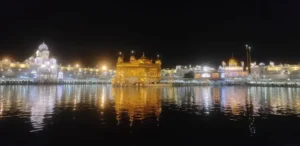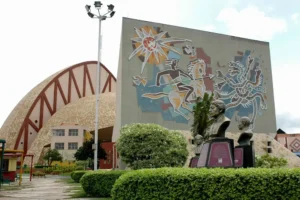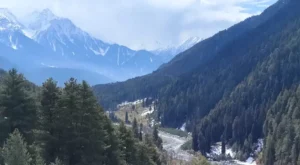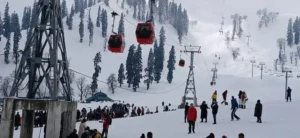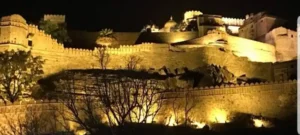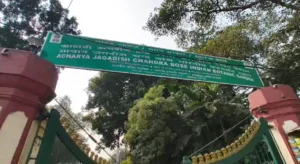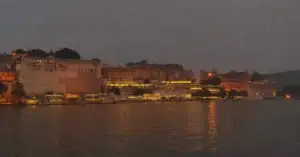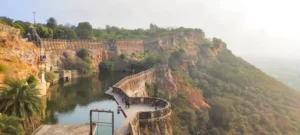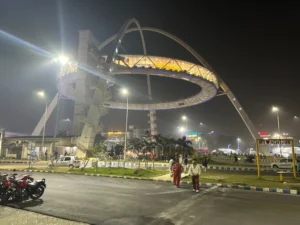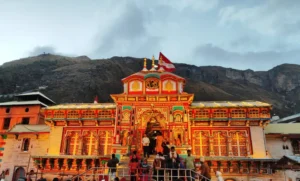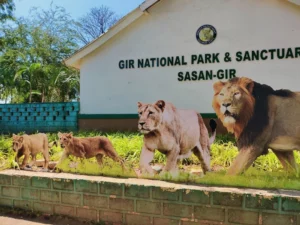Embarking on a journey to Jodhpur, the “Blue City” of Rajasthan, is like stepping into a canvas painted with hues of history, culture, and desert charm. Nestled at the edge of the Thar Desert, Jodhpur enchants travelers with its vibrant streets, timeless traditions, and architectural marvels that reflect its royal legacy. Beyond its iconic blue walls and bustling markets, the city offers an experience infused with warm hospitality, flavorsome cuisine, and an unmistakable spirit of resilience and pride.
Beyond its iconic blue walls and bustling markets, the city offers an experience infused with warm hospitality, flavorsome cuisine, and an unmistakable spirit of resilience and pride. The towering Mehrangarh Fort, standing majestically over the city, narrates tales of valor and grandeur, while the serene Jaswant Thada and the opulent Umaid Bhawan Palace showcase the city’s artistic brilliance.
Jodhpur’s narrow alleys lead to hidden gems, from centuries-old stepwells like Toorji Ka Jhalra to vibrant bazaars selling handicrafts, spices, and textiles. Whether you’re savoring the iconic mirchi vada, witnessing a mesmerizing sunset over the desert, or exploring the intricate carvings of historic temples, Jodhpur leaves an indelible mark on every traveler.
Best Time to Visit Jodhpur
Winter (October – March) – Best time to visit:
Temperature remains between 7°C to 25°C. The cool and comfortable weather is perfect for exploring forts, markets, and desert activities. Major festivals like Diwali (Oct/Nov), Marwar Festival (Oct), and Holi (March) add to the cultural vibrance.
Summer (April – June) – Avoid visiting
With temperature rising to 32°C to 45°C, the weather becomes extremely hot and dry, making outdoor sightseeing difficult. If visiting during this time, it’s best to explore during early mornings or evenings and staying hydrated.
Monsoon (July – September) – Not ideal, but manageable
Temperature stays in between 25°C to 37°C. Occasional rainfall provides relief from the heat, but humidity remains high. It is less crowded during this season, so you can enjoy tourist spots peacefully.
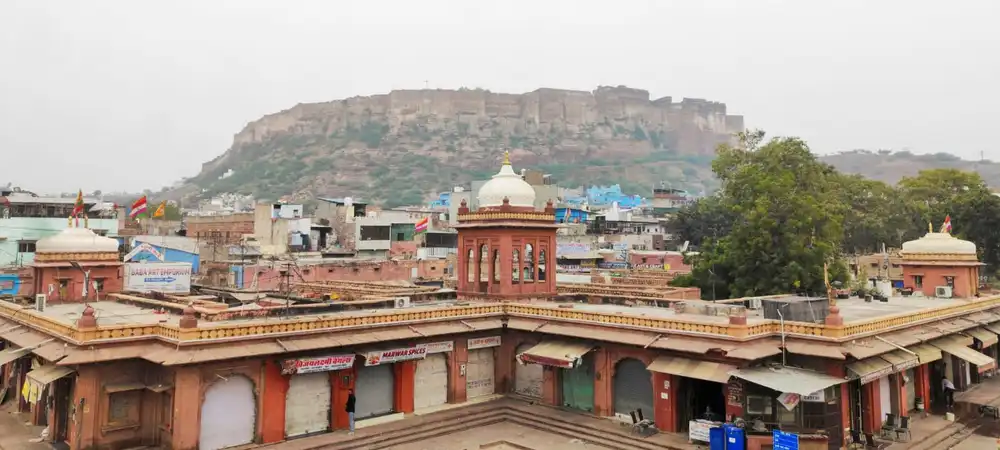
Exploring the Best Routes to Jodhpur from Delhi:
By Road (Car/Bus): Distance is 600 km. Approximately 10-11 hours by car.
By Bus: Travel Time: 11-12 hours. There are multiple overnight and luxury buses operated by Rajasthan State Road Transport Corporation (RSRTC) and private operators. Buses leave from Delhi’s ISBT Kashmere Gate, Dhaula Kuan, and other points.
By Train: Various train options such as Mandore Express (Train No. 12461), Ranikhet Express, Delhi Jaisalmer Express.
By Air: Take a flight from Indira Gandhi International Airport (DEL) in Delhi to Jodhpur Airport (JDH). You can reach the city center from Jodhpur Airport in just 3-5 km by cab.
Exploring the Timeless Charm of the Blue City- Jodhpur:
Mehrangarh Fort: Majestic Journey Through Jodhpur’s Royal Legacy
Rao Jodha, the founder of Jodhpur, built this architectural marvel in 1459. Its massive walls enclose beautifully preserved palaces, courtyards, and intricate carvings. the fort houses an impressive museum showcasing artifacts like royal costumes, arms, paintings, and elaborate palanquins. The fort’s ramparts offer panoramic views of Jodhpur’s “Blue City” below.
Visiting Timings: 9:00 AM to 5:00 PM
Ticket Prices: ₹200 per person (Indian), ₹600 per person (Foreigner), ₹100 per person (Indian Students ) (Valid student ID required). There is additional camera charges.
Allocate around 2-3 hours for a thorough exploration of the fort and its museum collections.
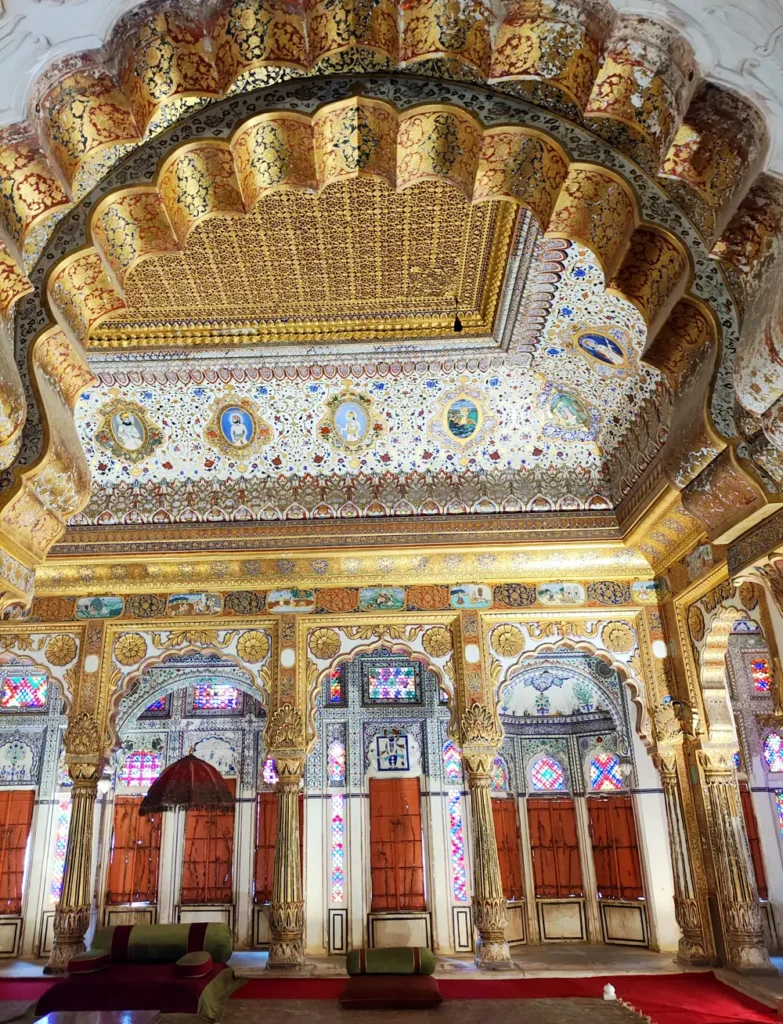

Jaswant Thada: Tranquil Tribute to Royal Legacy
Jaswant Thada, often referred to as the “Taj Mahal of Marwar,” is a stunning marble cenotaph located in Jodhpur. Maharaja Sardar Singh built it in 1899, in memory of his father, Maharaja Jaswant Singh II. It serves as a cremation ground for the Marwar royal family. It is surrounded by lush gardens and a tranquil lake. The cenotaph features portraits of Jodhpur’s rulers, exquisite jali work (lattice carving), and a blend of Rajput and Mughal architectural styles.
Visiting Timings: 9:00 AM to 5:00 PM
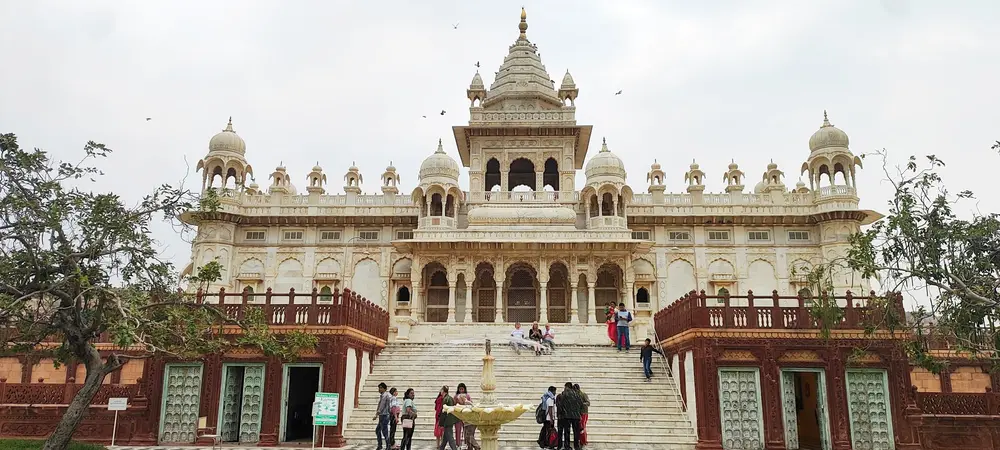
Umaid Bhawan Palace: Legacy of Grandeur and Timeless Elegance
Umaid Bhawan Palace is a grand symbol of Rajasthan’s royal heritage and one of the largest private residences in the world. It is situated atop Chittar Hill in Jodhpur. Maharaja Umaid Singh commissioned it in 1929 and completed in 1943. The palace was built as part of a famine relief project, to provide employment to locals during a prolonged drought . Its stunning design blends Indo-Saracenic, Western Art Deco, and classical influence.
The Taj Group has converted the palace partially, as a luxury hotel. There is also an museum.
Visiting Timings: 10:00 AM to 4:30 PM
Ticket Prices: ₹60 per person (indian), ₹100 per person (foreigner)
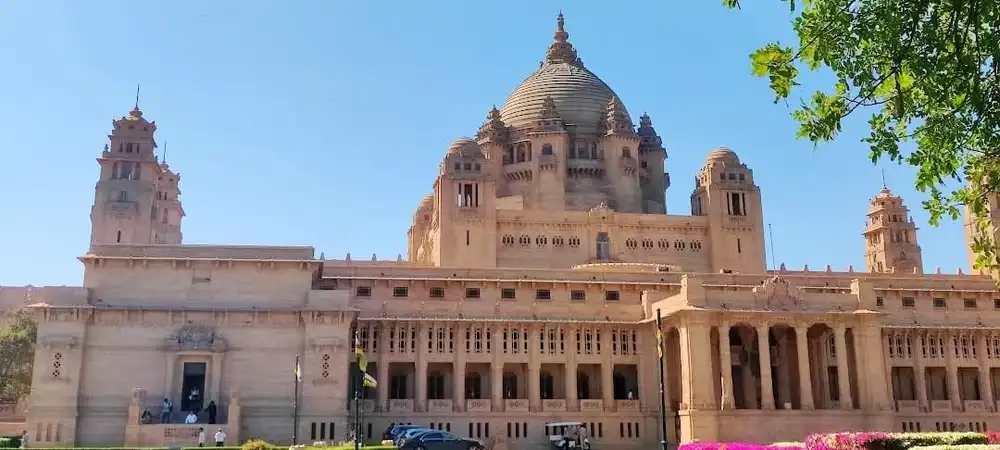
Clock Tower & Sardar Market: Heartbeat of Jodhpur’s Vibrant Culture
Maharaja Sardar Singh built the Clock Tower, also known as “Ghanta Ghar,” in the late 19th century. It stands as a prominent landmark surrounded by bustling market streets of Jodhpur. The tower offers an excellent spot for panoramic views of the market and the city’s traditional blue houses. One can climb up the tower, after paying a nominal fee. From the top, one can enjoy panoromic view of the city and Mehrangarh Fort.
Sardar Market, located around the Clock Tower, is famous for its vibrant shops selling spices, textiles, handicrafts, jewelry, and traditional Rajasthani items.
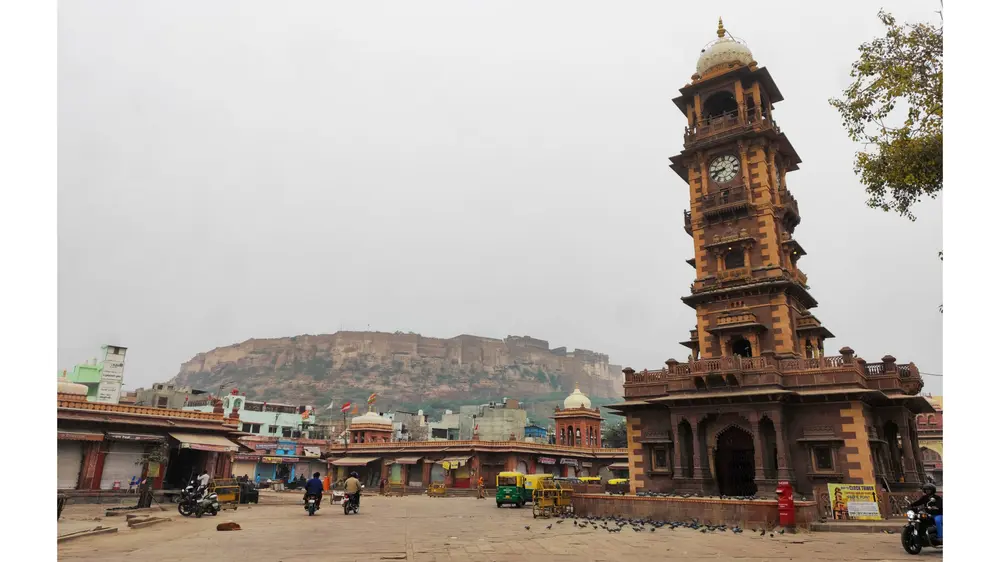
Toorji Ka Jhalra: Jodhpur’s Stunning Stepwell Legacy
Maharani Toorji built the stepwell in the 1740s. It is a beautiful example of Rajasthani craftsmanship and water management systems. Skilled engineers of the time intricately carved the stepwell from sandstone, showcasing their impressive craftsmanship. They adorned the structure with detailed carvings of gods, goddesses, and floral motifs, enhancing its functionality while making it a decorative landmark. Furthermore, the surrounding area has transformed into a vibrant hub for local activities, with nearby cafés providing a relaxing atmosphere for visitors to unwind.
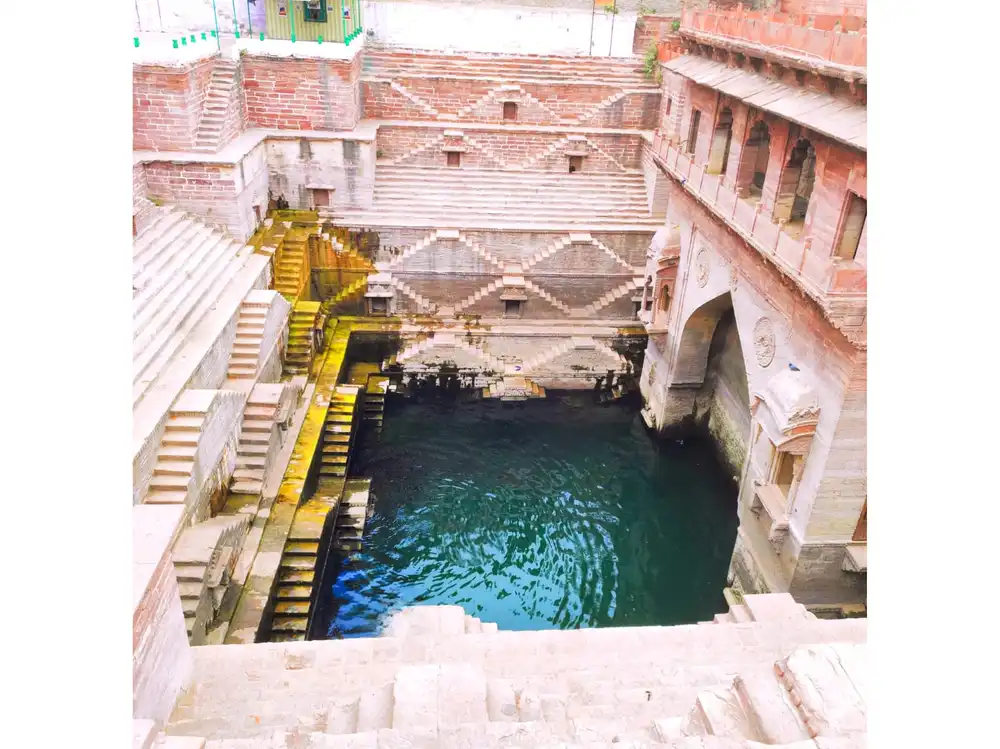
Culinary Journey Through Jodhpur’s Flavors
Dal Baati Churma is the signature dish of Rajasthan.
Pyaaz Kachori is a savory pastry filled with a spicy onion stuffing.
Mawa Kachori is a sweet variant of the traditional kachori. It is filled with mawa (sweetened milk solids), dry fruits, and cardamom, deep-fried to perfection, and drizzled with sugar syrup.
Laal Maas packs a fiery punch as a Rajasthani mutton curry made with red chilies and spices. One can enjoy it with steamed rice or Indian bread (roti or naan).
Kalmi Kebab is a popular non-vegetarian dish, especially in Jodhpur’s royal kitchens.

